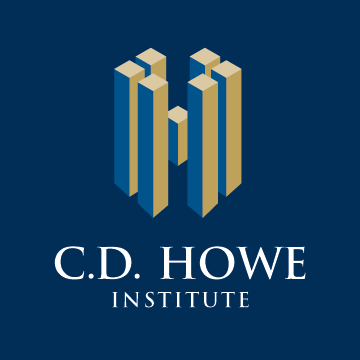Home / Publications / Council Reports / Business Cycle Council Communique – December 2018
- Media Releases
- Council Reports
- |
Business Cycle Council Communique – December 2018
Summary:
| Citation | . 2018. "Business Cycle Council Communique – December 2018." Council Reports. Toronto: C.D. Howe Institute. |
| Page Title: | Business Cycle Council Communique – December 2018 – C.D. Howe Institute |
| Article Title: | Business Cycle Council Communique – December 2018 |
| URL: | https://cdhowe.org/publication/business-cycle-council-communique-december-2018/ |
| Published Date: | December 21, 2018 |
| Accessed Date: | January 5, 2026 |
Outline
Outline
Related Topics
Files
For all media inquiries, including requests for reports or interviews:
The C.D. Howe Institute’s Business Cycle Council met on Tuesday December 11, 2018 to review its assessments of Canadian business cycle dates.
The C.D. Howe Institute Business Cycle Council, co-chaired by Steve Ambler and Jeremy Kronick, is an arbiter of business cycle dates in Canada. The Council meets on an annual basis, or as warranted when economic conditions indicate the possibility of entry to, or exit from, a recession. The Council also acts as a conduit for research aimed at developing a deeper understanding of how the economy evolves and to provide guidance to policymakers.
The Council defines a recession as a pronounced, persistent, and pervasive decline in aggregate economic activity. In deciding on the occurrence and timing of a recession, the Council looks at three dimensions: by how much economic activity has declined, how long the decline lasted, and how broadly this decline was felt across economic sectors. It looks at both GDP and employment as its main measures of economic activity. To measure the breadth of an economic contraction it uses a diffusion index developed at the Institute. The Council also uses a classification system that allows grouping recessions according to their severity from Category 1, the mildest, to Category 5, the most severe.
Two significant data events occurred following our last meeting in December 2017. First, Statistics Canada revised GDP data by income and expenditure back to the first quarter of 2015. And second, GDP by industry was revised back to January 2014. In both cases the base year for chained dollars moved from 2007 to 2012.
No further revisions are expected to 2015 data that would materially affect our interpretation of the cycle, and therefore the Council decided to take a final vote on whether to call the first two quarters of 2015 a recession. Of the 10 members of the Council, 6 were in attendance at the meeting, with 7 taking part in the final vote, which took place by email after the meeting. In an extremely close vote, with members putting forth arguments on both sides of the issue, it was determined that the first two quarters of 2015 did not qualify as a recession.
Those voting ‘no’ were persuaded by the fact that employment was positive throughout this period, growing by 0.2 percent in each quarter. Since 1961, all recessions have combined declining GDP with declining employment. In fact, there is no other period over that period in which two quarters of consecutive negative economic growth coincided with two quarters of positive employment growth. In addition, members voting ‘no’ noted that breadth of the GDP contraction was minimal, with the sector diffusion indices remaining comfortably above 50. The revisions to the data on GDP by industry had no substantive effect on the diffusion indices.
Conversely, those voting ‘yes’ were persuaded by two arguments. First, the reported size of the GDP contraction following the revisions to income and expenditure and industry data nearly doubled, from -0.4 percent to -0.7 percent. They stressed that this near doubling was not only a significant change compared to the data Council was previously relying on, but that it puts beyond doubt the fact that the economy did actually contract during this period. Second, according to the Category classification system, a Category 1 recession need only involve a short, mild drop in real GDP and no decline in quarterly employment, consistent with what occurred in Q1 and Q2 2015.
On this last point, members voting ‘no’ argued that the Council methodology states that “The Council does not follow hard-and-fast rules…instead relying on several guidelines in making our recession determinations.” One of these guidelines is “how widespread a downturn is,” which relies on diffusion indices, gauging the breadth of a downturn. These members argued that in a close call such as 2015, the narrow breadth of the downturn can be a deciding factor.
Related Publications
- Intelligence Memos
- Intelligence Memos
- Opinions & Editorials
